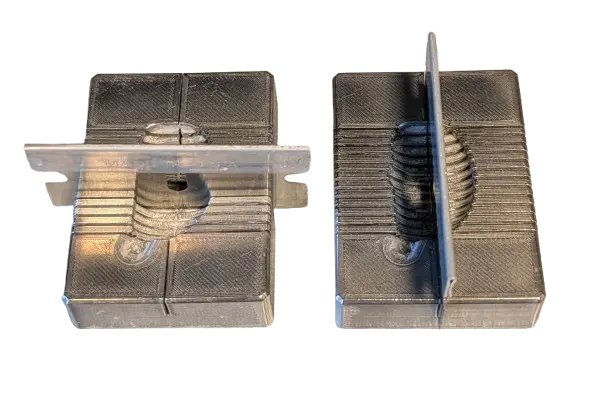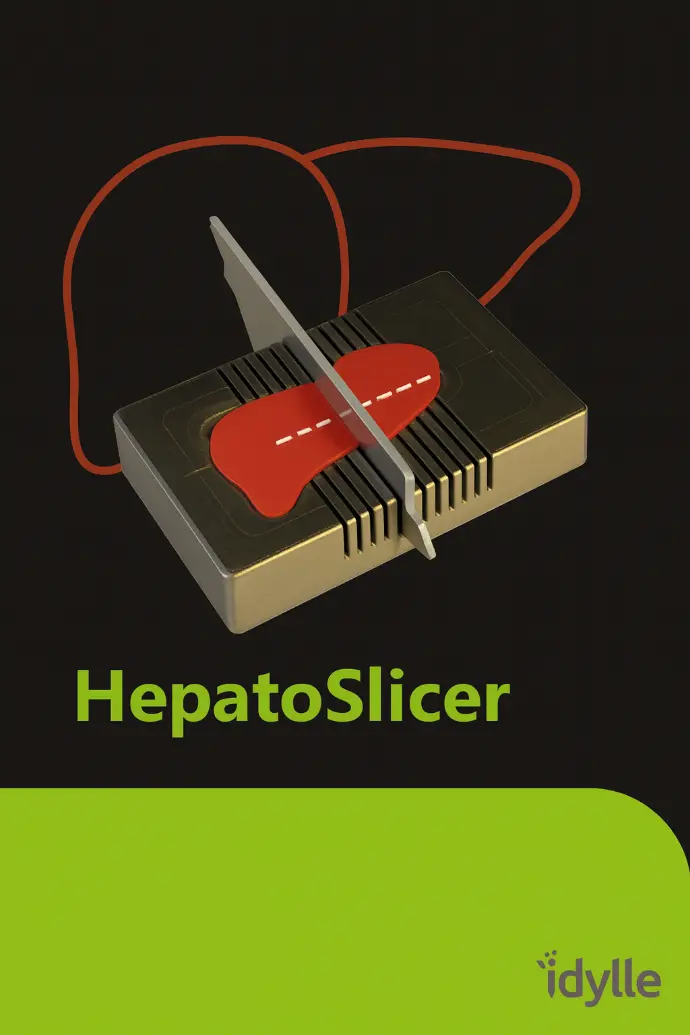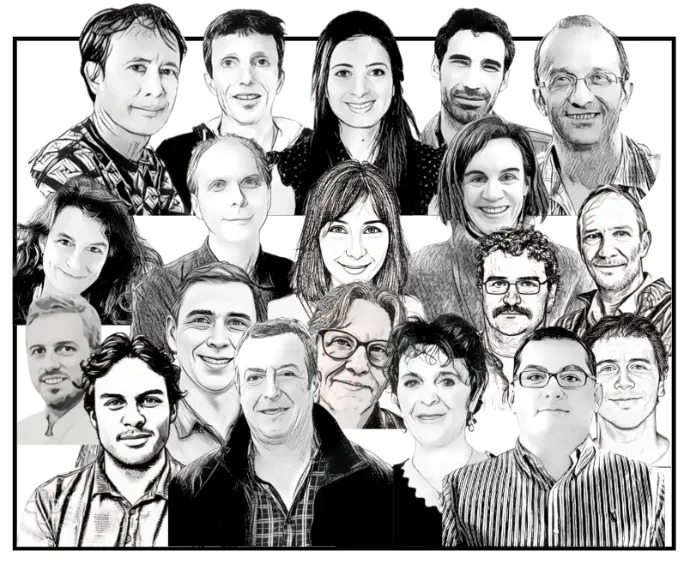Who is
Sandy Ribes
?
Sandy Ribes is a research engineer at INRAE (Micalis Institute, France), specializing in experimental design and methodological innovation for studying host–microbiota interactions and gut physiology. With expertise in molecular biology and animal models, she focuses on developing robust tools and protocols that improve reproducibility and reliability in biological research.
HepatoSlicer: Bringing order to liver sampling
Homogenizing mouse liver samples
The liver is a notoriously complex organ to study. Its heterogeneity makes every analysis a challenge.
In disciplines like brain or heart histology, researchers have long relied on steel slicing matrices to standardize tissue preparation. These frames ensure that organs are always positioned and sectioned the same way, eliminating experimenter bias.
And yet, despite the clear need for such a tool in liver research, no equivalent slicing matrix existed for the mouse liver, until now.
From idea to tool
During their work at INRAE Micalis, Sandy Ribes encountered this limitation firsthand. Too often, variability in liver sampling clouded the interpretation of results. Their answer was both simple and transformative: create a stainless-steel slicing matrix designed specifically for mouse liver.
This idea became the HepatoSlicer, a robust, autoclavable frame that turns liver preparation from a manual guesswork task into a standardized, reproducible step

How HepatoSlicer works
- Dimensions: 40 × 30 × 10 mm stainless-steel frame.
- Parallel grooves (1 mm wide, 1.5 mm apart) guide uniform cutting.
- Designed for the left lobe of mouse liver, ensuring identical sections every time.
- Resistant and reusable: autoclavable, chemically resistant, and built to last
Why it matters ?
With HepatoSlicer, variability is no longer a limiting factor:
- Standardized tissue sampling for qPCR, Western blot, RNAseq, proteomics, and histology.
- Improved reproducibility between experiments and across research groups.
- Fewer animals needed thanks to consistent data quality.
By eliminating the bias of manual cuts, the HepatoSlicer secures the integrity of liver research workflows.


